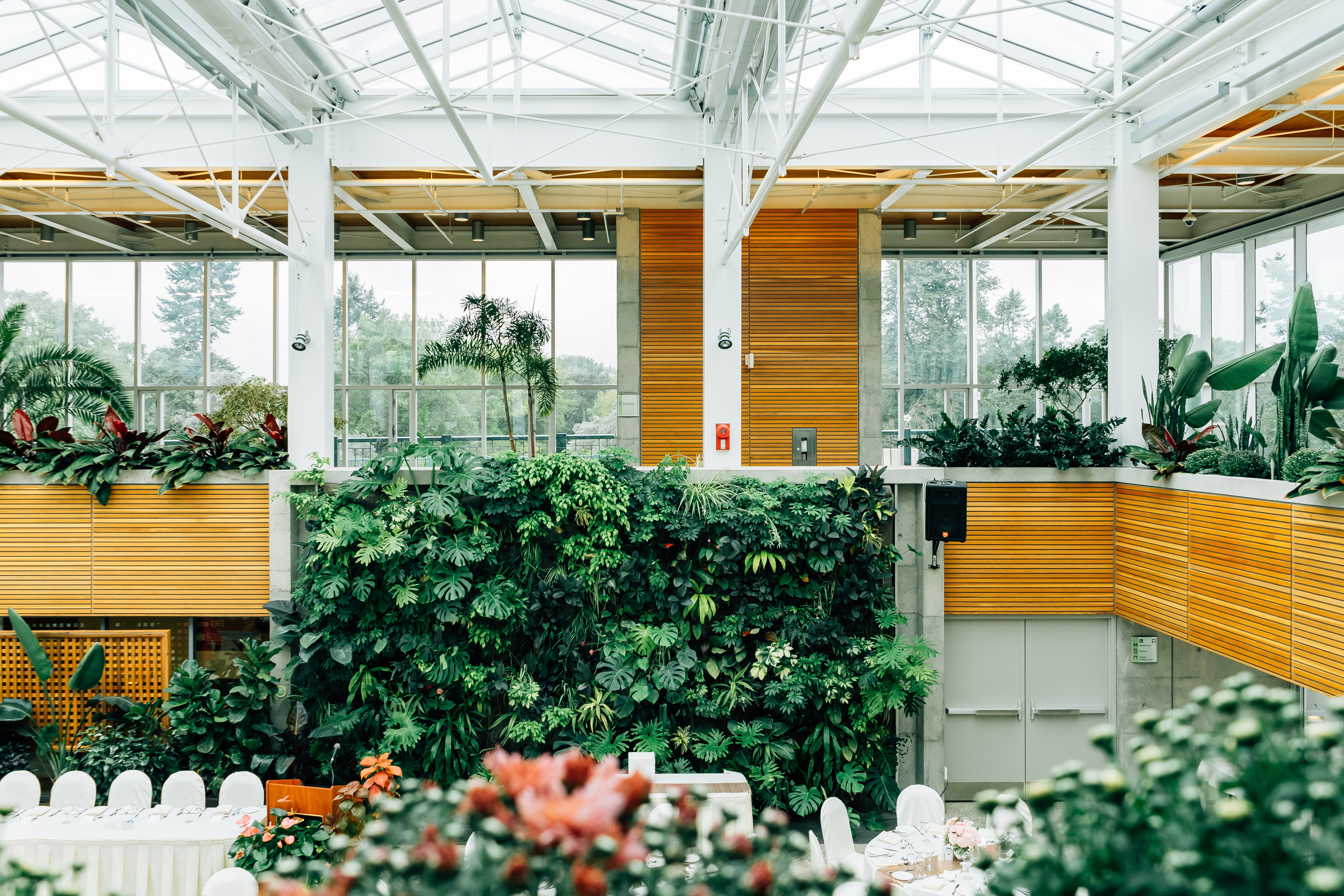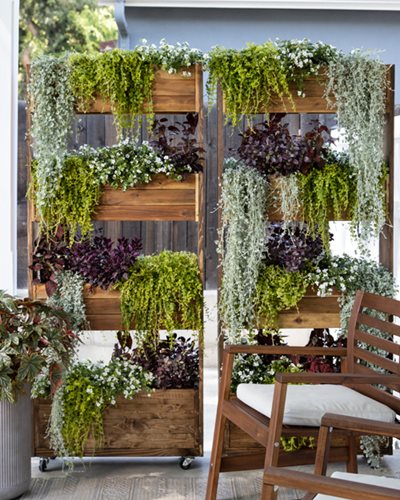If you’re in the market for a new fence or simply interested in learning more about the world of fences, look no further than the blog “FenceDude.com.” With its comprehensive and engaging content, this blog covers everything you need to know about fences – from various types and materials to sizes, shapes, and their suitability for different purposes. By providing valuable knowledge and practical advice, the blog aims to help readers make informed decisions when selecting and installing fences. Whether you’re looking to enhance privacy, ensure security, or add decorative elements to your property, “FenceDude.com” has got you covered. So, keep reading to explore the benefits of green fences, living walls, and vertical gardens – just one of the many topics covered in this informative blog.
The Benefits of Green Fences: Living Walls and Vertical Gardens
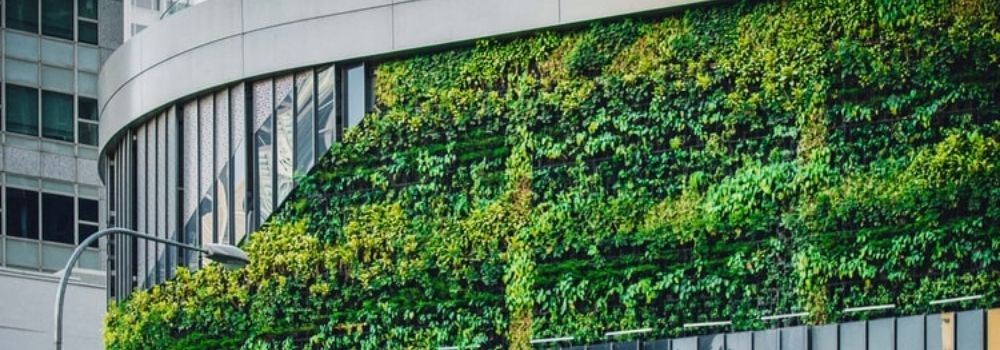
Introduction to Green Fences
Green fences, also known as living walls or vertical gardens, are innovative and eco-friendly solutions that bring numerous benefits to both urban and suburban areas. These unique fencing options utilize plants and vegetation to create natural barriers that enhance aesthetics, improve air quality, provide privacy, and offer many other advantages. In this article, we will delve into the various benefits of green fences, including their environmental impact, health benefits, and the positive effects they have on property value and energy efficiency.
Creating a Living Wall
Living walls are vertical gardens that can be installed on fences or walls, making them a versatile choice for any space. The process of creating a living wall involves carefully selecting the right plants, installing the necessary structure, and providing proper maintenance to ensure the health and longevity of the vegetation. By incorporating a living wall into your fence or property, you can transform your outdoor space into a lush and vibrant oasis while reaping the benefits of improved air quality and increased biodiversity.
Vertical Gardens and Their Advantages
Vertical gardens offer a range of advantages that make them an appealing choice for urban environments with limited space. These gardens can be created on freestanding structures or even on existing fences, allowing you to maximize the use of vertical space. The benefits of vertical gardens include the ability to grow a variety of plants, improved air quality, reduced urban heat island effect, and the creation of a visually appealing, green aesthetic.
Environmental Benefits of Green Fences
Green fences play a vital role in mitigating air pollution and improving overall air quality. The plants used in these living barriers absorb carbon dioxide (CO2) emissions, a major contributor to climate change, while releasing oxygen. Green fences also provide a habitat for wildlife, help prevent soil erosion, and effectively manage stormwater runoff, reducing the risk of flooding and contamination.

Health Benefits of Green Fences
Having green fences in your surroundings can have a positive impact on your overall well-being. The plants in these natural barriers contribute to improved air quality by filtering out harmful pollutants and releasing fresh oxygen. Breathing in cleaner air can lead to better respiratory health and reduced risk of respiratory illnesses. Additionally, green fences help reduce stress and promote relaxation, creating a calming and soothing environment. The presence of nature in your surroundings can enhance your mood, increase focus, and promote a sense of connection with the natural world.
Aesthetics and Improved Property Value
One of the most noticeable benefits of green fences is their ability to enhance the visual appeal of properties. The lush greenery, vibrant colors, and textures of the plants add a touch of natural beauty to any space, creating an inviting and visually pleasing atmosphere. Moreover, green fences can significantly increase property value by improving curb appeal and overall desirability. Potential buyers and visitors are likely to be attracted to properties with well-maintained green fences, appreciating the added aesthetic and environmental value these natural barriers provide.
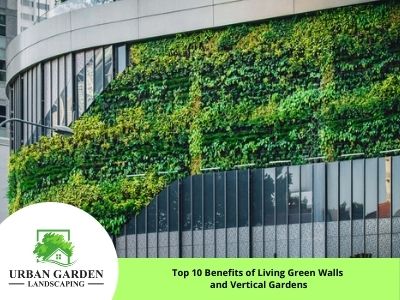
Privacy and Noise Reduction
Green fences offer a natural and eco-friendly solution to privacy concerns. The dense foliage of plants acts as a natural screen, effectively blocking the view from outside and creating a secluded and private space. In addition to privacy, green fences also serve as excellent noise barriers. The layers of vegetation absorb and deflect sound, reducing noise pollution and creating a quieter and more peaceful environment.
Energy Efficiency
Green fences contribute to energy efficiency by providing shade and reducing the urban heat island effect. The shade created by the vegetation helps cool the surrounding area, reducing the need for air conditioning and lowering energy consumption. By minimizing heat absorption and reflecting sunlight, green fences can help mitigate the effects of urban heat islands, where densely populated areas experience higher temperatures due to the predominance of concrete and lack of vegetation.
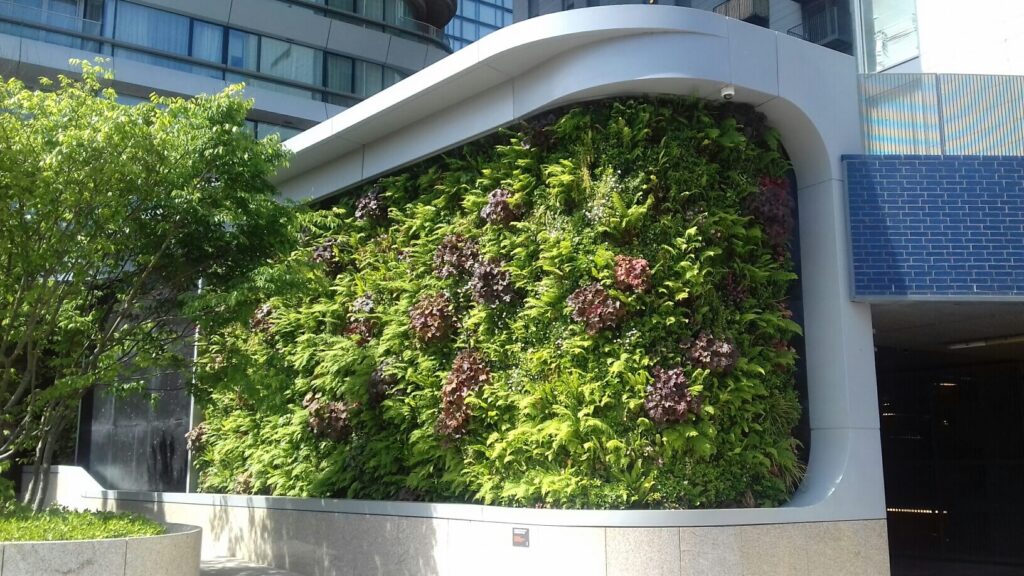
Natural Cooling and Thermal Insulation
The presence of green fences also contributes to natural cooling and thermal insulation. The plants transpire and release moisture into the air, creating a cooling effect that can offset the heat generated by nearby structures or pavements. Additionally, green fences act as thermal insulators, reducing heat transfer and helping to maintain a stable temperature indoors. This can result in energy savings by reducing reliance on artificial cooling and heating systems.
Maintenance and Care Tips for Green Fences
Maintaining the health and vitality of green fences requires proper care and attention. Some key maintenance tips include choosing low-maintenance plants that are suited to the local climate and soil conditions, providing regular watering and fertilizing, and implementing pruning and trimming practices to maintain the desired shape and density. Additionally, controlling pests and preventing diseases through appropriate pest management strategies is essential. Finally, winterizing green fences by protecting them from frost or extreme weather conditions will help ensure their survival and long-term health.
10 Common Questions About Green Fences:
- How do I create a living wall on my existing fence?
- What are the best plants to use for a green fence?
- Do green fences require a lot of maintenance?
- Can vertical gardens be installed indoors?
- Do green fences attract pests or insects?
- Do green fences provide sufficient privacy?
- Can I install a green fence in a small outdoor space?
- How do green fences contribute to air quality improvement?
- Do green fences require a specific soil type?
- Are there any specific regulations or permits required for installing a green fence?
Q1: How do I create a living wall on my existing fence? A1: To create a living wall on an existing fence, you will first need to install a structure that provides support for the plants. This can be done using trellises, wire systems, or modular panels. Once the structure is in place, choose plants suitable for vertical growth and attach them to the support system. Provide adequate watering and sunlight to ensure the plants thrive.
Q2: What are the best plants to use for a green fence? A2: The best plants for green fences depend on various factors such as climate, sun exposure, and personal preferences. However, popular choices include climbing vines like ivy and jasmine, as well as fast-growing shrubs such as boxwood or hedges like privet. It’s important to choose plants that are well-suited to your specific region and growing conditions.
Q3: Do green fences require a lot of maintenance? A3: Green fences do require some maintenance, but the level of care depends on the specific plants chosen and their growth characteristics. Low-maintenance plants are recommended for those who prefer minimal care. Regular watering, pruning, and occasional fertilizing are generally necessary to keep the green fence healthy and visually appealing.
Q4: Can vertical gardens be installed indoors? A4: Yes, vertical gardens can be installed indoors with proper lighting and irrigation systems. Indoor vertical gardens are a great way to add greenery to limited spaces and improve air quality within buildings. It’s important to consider factors such as adequate sunlight or artificial lighting, ventilation, and soil or planting medium suitability when creating an indoor vertical garden.
Q5: Do green fences attract pests or insects? A5: Like any other garden or vegetation, green fences can attract pests or insects. However, proper maintenance, regular inspection, and implementing pest control measures can help prevent infestations. Choosing pest-resistant plants and promoting biodiversity can also contribute to reducing pest issues.
Q6: Do green fences provide sufficient privacy? A6: Green fences can provide excellent privacy, especially when using dense plants or foliage. The choice of plants and the way they are arranged can determine the level of privacy achieved. By strategically planting and maintaining the green fence, you can create a private and secluded outdoor space.
Q7: Can I install a green fence in a small outdoor space? A7: Yes, green fences can be installed in small outdoor spaces. Vertical gardens are particularly well-suited for limited spaces, allowing you to maximize the use of vertical surfaces. Choosing plants with a compact growth habit can further optimize space utilization.
Q8: How do green fences contribute to air quality improvement? A8: Green fences contribute to air quality improvement by absorbing carbon dioxide (CO2) emissions and releasing oxygen. The plants in green fences act as natural filters, removing pollutants and particulate matter from the air. Transpiration, where plants release moisture into the air, also helps in cooling and purifying the surrounding atmosphere.
Q9: Do green fences require a specific soil type? A9: Green fences can thrive in a variety of soil types, but it’s important to ensure proper drainage and nutrient availability. Adjusting the soil pH, amending it with organic matter, and providing regular fertilization can help create an optimal soil environment for the plants.
Q10: Are there any specific regulations or permits required for installing a green fence? A10: The need for specific permits or regulations for installing a green fence can vary depending on your location and local ordinances. It is advisable to check with your local authorities or homeowner’s association to determine any required permits or restrictions before installing a green fence.
